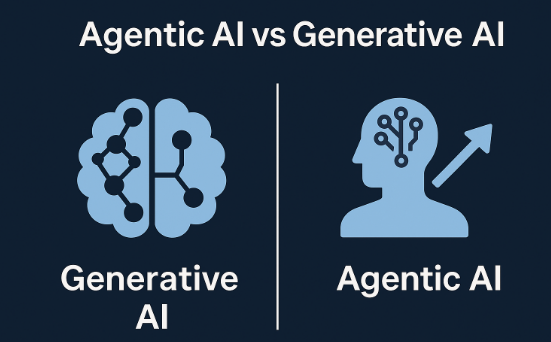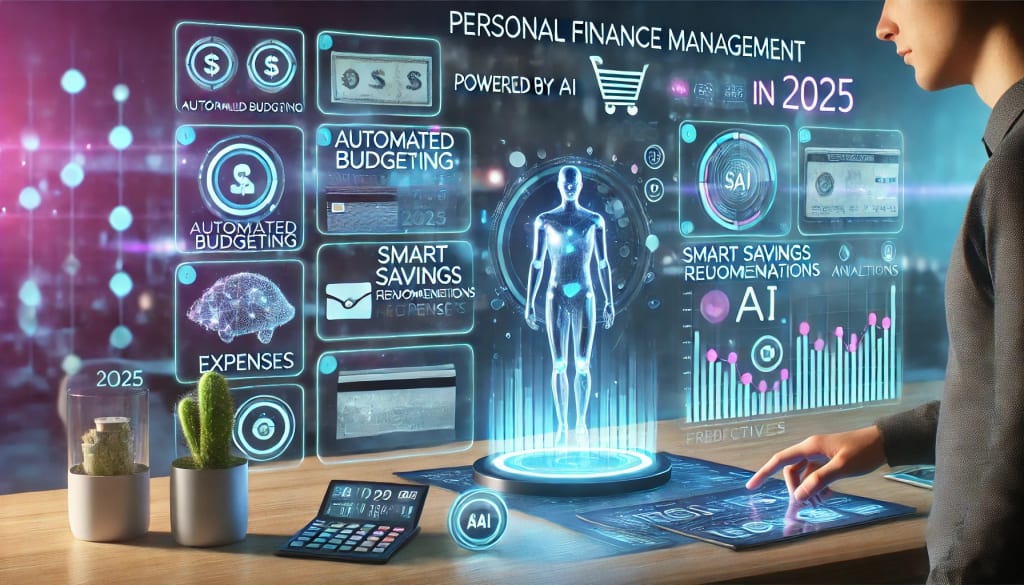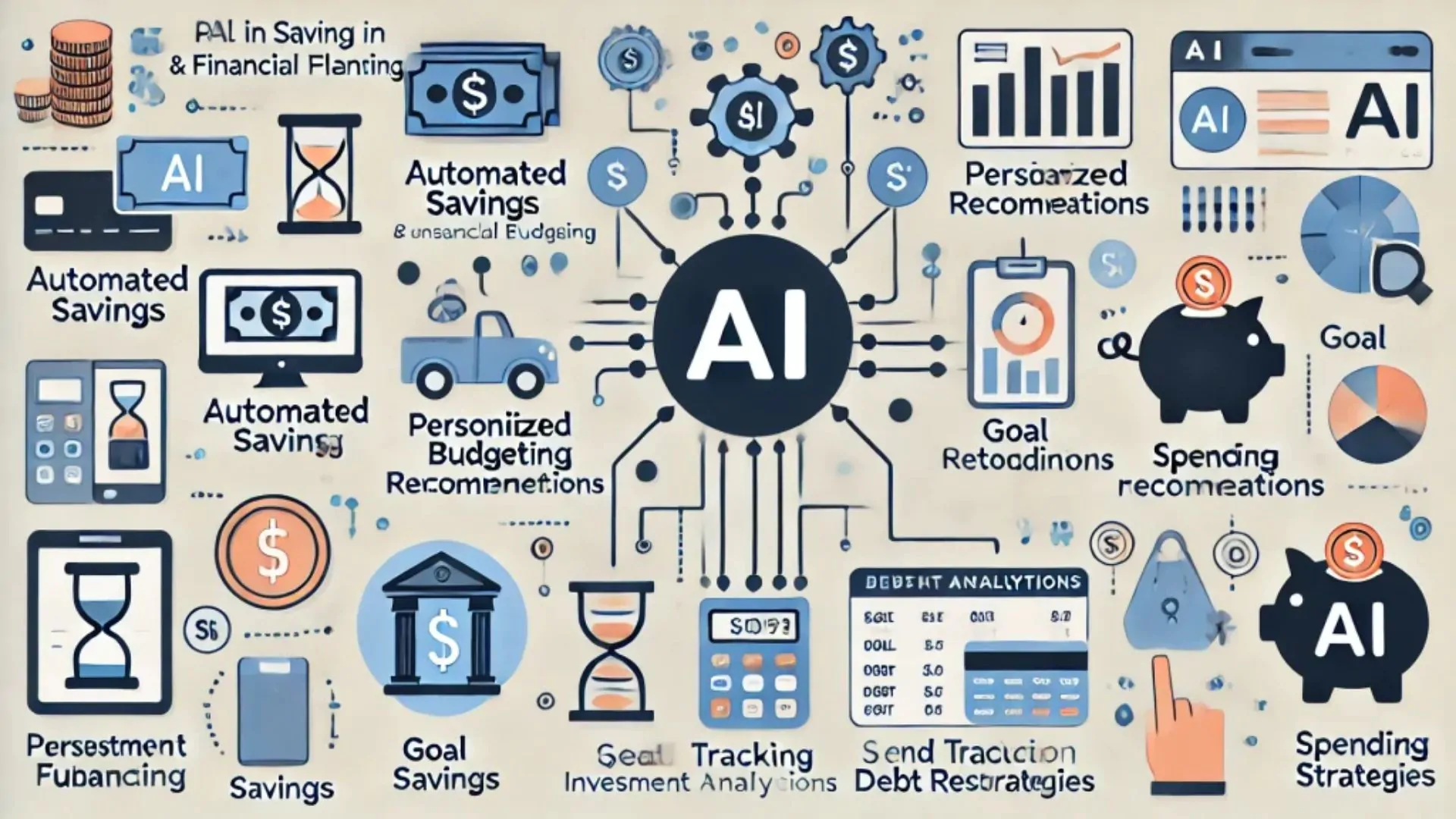Artificial Intelligence (AI) is evolving fast — and one of the most significant shifts happening right now is the move from reactive content-generation systems to autonomous, goal-oriented agents. In this blog we unpack what the divide between Generative AI and Agentic AI really means: how they differ, why it matters, where each is headed, and how organizations and individuals should be prepared.
1. What are Generative AI and Agentic AI?
Generative AI
Generative AI refers to systems—often large language models (LLMs), image generation models, code-generation models—that respond to prompts by producing content: text, images, video, audio, code. For example: you ask it “write a marketing email”, “generate an image of a futuristic city”, or “write code to parse a CSV file”, and it gives you an output.
Key characteristics:
- Prompt → Output.
- Typically reactive: waits for user instruction.
- Focused on creation.
- Widely used in content creation, marketing, design, code generation.
Agentic AI
Agentic AI takes the next step: it doesn’t just generate content—it decides and acts. It can pursue a goal, interact with systems/tools, adapt to changing conditions, operate with less human supervision. According to one description: “Agentic AI is built to act. It plans, decides, and executes to reach outcomes.”
Key characteristics:
- Goal-oriented, multi-step tasks.
- Autonomy: can operate without constant human prompts.
- Interaction with environment/tools, feedback loops, learning.
- Often used in workflows, process automation, autonomous agents.
In many ways, generative AI and agentic AI are not mutually exclusive—they can and will complement each other. For instance, an agentic system might use generative AI internally to produce content or suggestions, then act on them.
2. Side-by-Side Comparison: Generative vs. Agentic
| Dimension | Generative AI | Agentic AI |
|---|---|---|
| Core Function | Creates content (text, image, code, audio) in response to prompts. | Pursues goals, makes decisions, executes multi-step workflows with minimal human input. |
| Autonomy | Low to moderate — user must prompt each step. | High — can plan, act, adapt autonomously. |
| Task Complexity | Best suited for discrete tasks (generate an image, write a paragraph). | Handles complex, chained tasks (analyze data, make decisions, trigger actions). |
| Interaction Style | Reactive: waits for input then responds. | Proactive: can initiate actions based on goals or environmental changes. |
| Memory / Context | Often stateless or limited context; output relates to prompt only. | Maintains context, learns over time, adapts strategy. |
| Primary Use Cases | Marketing copy, image generation, code snippets, creative tasks. | Workflow automation, autonomous assistants, complex decision systems (e.g., scheduling, operations). |
| Human Involvement | Significant — human gives prompts and often validates outputs. | Less constant supervision — human sets goals and monitors, but agent handles many steps. |
3. Why This “Next Great Divide” Matters
Why should we care about the distinction? Because as AI matures, the difference between creation and action becomes central in shaping how we use, trust, govern, and deploy AI systems.
- Business Impact & Efficiency: Generative AI increases productivity in content generation; agentic AI promises to re-engineer workflows, reduce human intervention and multiply impact.
- Governance & Risk: Agentic AI introduces new risks—autonomous decision-making, accountability, safety. The governance frameworks built for generative AI might not suffice.
- Technology Stack Shift: Organizations need to think not just about “what AI will output” but “what AI will do”. That shifts mindsets from prompts & outputs to goals & actions.
- Competitive Advantage: Early adopters of agentic systems may leap ahead in operations, while many stick with generative tools for content.
- Ethics & Society: The more autonomous the system, the more we must ask: who is responsible? How do we audit? What is the impact on jobs, decision-making, and society?
In essence: if generative AI was “AI writes/draws/builds for you”, agentic AI is “AI acts on your behalf to achieve objectives”. That is a paradigm shift.
4. Real-World Use Cases
Generative AI Use Cases
- Marketing departments using AI to draft blog posts, ad copy, social media content.
- Designers generating concept images, prototypes, mood boards.
- Developers using AI to generate code snippets, automate testing.
- Customer-support bots generating answers to customer queries.
Agentic AI Use Cases
- Autonomous agents that onboard customers: set up accounts, trigger workflows, send follow-ups (not just draft an email).
- Process automation: AI detecting anomalies in supply chain data and autonomously initiating corrective action.
- Virtual assistants that not only respond but schedule meetings, send reminders, reorder supplies, update records.
- Decision systems in enterprise that monitor KPIs and reorganize resources based on goals.
Because agentic AI is newer and more complex, its deployments are less mature—but they hold bigger potential.
5. Challenges, Risks & Considerations
| Challenge | Generative AI | Agentic AI |
|---|---|---|
| Hallucination / Quality | Generative models may produce plausible but incorrect content (hallucinations). | Autonomous actions based on flawed data/logic can lead to real-world errors or harm. |
| Governance / Accountability | Easier to monitor (output can be reviewed). | Harder: agent acts, chain of decisions harder to trace; “who is responsible?” |
| Data & Context Dependency | Moderate: quality of training data matters. | High: needs good data, accurate environment modelling, feedback loops. |
| Complexity & Cost | Moderate setup; good ROI in many content tasks. | High complexity, cost, integration challenges; many projects still proofs-of-concept. |
| Human Trust / Adoption | Users can validate outputs easily. | Trust is harder: agent acts with less oversight; potential for unintended consequences. |
Key takeaway: Deploying agentic AI is not simply doing the same things generative AI does, but faster—it requires fundamentally different strategy: defined goals, robust data pipelines, oversight frameworks, safety nets.
6. How to Adopt & Align for Your Organization
If you’re responsible for strategy, innovation, or operations, here’s how to think about leveraging and positioning generative vs agentic AI:
Step 1: Assess your needs
- Do you mainly need content, creativity, generation (marketing, design, code)? → Generative AI is appropriate.
- Do you need autonomous workflows, decision-making, act-on-behalf capabilities? → Agentic AI is the target.
Step 2: Start with generative, then evolve
Many organizations begin with generative AI: easier to pilot, lower risk. Then they build toward agentic capabilities.
Step 3: Define goals & constraints for agentic systems
For agentic AI, you must clearly define the goal, scope, success metrics, decision-boundaries, escalation & oversight frameworks.
Step 4: Build the data & integration backbone
Agentic AI demands high-quality data, integration with systems/tools, feedback loops. If your data or infrastructure is weak, you risk failures.
Step 5: Governance, ethics & human-in-the-loop
As autonomy increases, so does the need for accountability, transparency, guardrails. Consider: how will you audit decisions? How will you intervene?
Step 6: Monitor & iterate
Agentic systems are less predictable; set up monitoring, evaluation, human overrides, continuous improvement.
7. The Future: What Lies Ahead?
- Hybrid systems: Generative + Agentic winds becoming the norm. Generative models embedded inside agentic workflows.
- Multi-agent ecosystems: Systems composed of multiple cooperating agents, collaborating to achieve larger goals.
- Autonomy creep: More decisions being delegated to machines; organizations must adapt culture & regulation.
- Governance models will evolve: Because agentic AI changes how action and responsibility are distributed.
- Competitive differentiation: Organizations that master agentic AI will gain operational advantage.
A recent headline puts it succinctly: “Over 40% of agentic AI projects will be scrapped by 2027” — underscoring that while the potential is vast, the risk of failure is also high if you don’t get it right.
8. Summary & Key Takeaways
- The divide between generative and agentic AI is real and meaningful: one creates, the other acts.
- Generative AI is mature and widely used; agentic AI is emerging, powerful but complex.
- For many organizations, the strategy is: get value from generative AI now, build readiness for agentic systems.
- Success with agentic AI depends on having clear goals, high-quality data, oversight, and alignment with business value.
- The future of AI will likely require both: content generation + autonomous action. Understanding the difference is critical to staying ahead.
Final Thought
In the ongoing evolution of artificial intelligence, the question is no longer just “Can the AI write or draw for us?” but increasingly “Can the AI do on our behalf, towards goals we set?” That question marks the next great divide—and mastering it may be the differentiator between organizations that lead the AI wave, and those that follow.
For more update Eliteeradev.com and Eliteeratrends.com













Leave a Reply